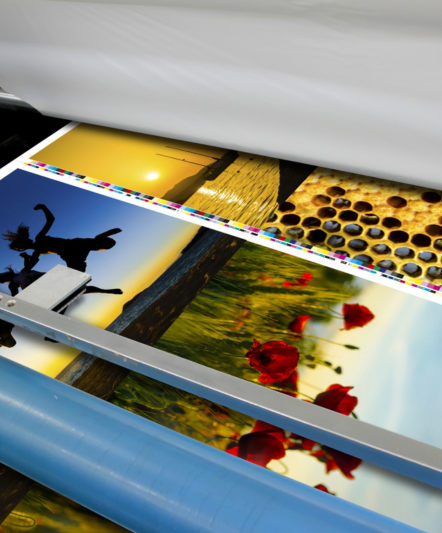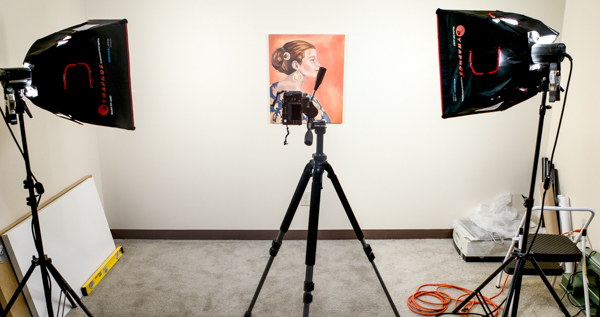A Passion for Providing Quality in Printing


Dear artists,
Nearing the apex of our four-part series The Artists’ Definitive Guide to Printing – let’s gaze back across our learning landscape and flex our knowledge muscles a little.
First, quality. We know that archival pigment printing [giclée] consists of a whole backpack of resources that ideally come together collaboratively between artists and expert printing technicians to create a high-quality reproduction print. A round-up of this info is:
We’ve all heard the adage “quality takes time” and it’s true in the case of reproduction of fine art too, but how can this be quantified? Here’s some things to muse which may help you to make that call:
Being the highly intelligent and creative being that you are, naturally the first question is pretty open-ended. Much of this is going to depend of your familiarity with the specific reproduction process/s, the level of trust and clear communication you have with your Printing Technician and the scope of the job.

In this meeting, your expectations, project scope and required processes will be established clearly with your printer and will prevent you from stumbling off the Mirkwood path.
Assuming this is a service you require, you’ll then bring your artwork/s in to be digitally captured in a professional studio by a trained technician to capture the quintessence of your work.
Once your artworks have been scanned or photographed and saved to the printers calibrated hard drives, your Printing Technician will colour correct to your specs and produce a series of test strips based on the parameters you provided in your initial meeting.
This is the crucial part and one that can take the most time.
A good technician will continue to communicate with you throughout the entire process. You will need to proof the test strips against your original work/s to ensure brush strokes, pencil renderings, colours, tonal quality and/ or textures are all delivered with precision and clarity to your specifications.
Once you’ve signed off on the test strip and paper of your choice then it’s smooth sailin’ into the sunset baby.

The time taken on the reproduction of an artwork ideally needs to be in-depth enough for clear communication of what your needs and expectations of your artwork are, and for the printer to ask specific questions which will guide the technical outputs of her printing services.
Anything less than that and you will likely receive substandard service, and too much more than that and you should be asking some questions:
So, now that we have quality and time squared off, how much should you expect to cough up for good digital art reproduction and giclee printing? One of the major factors here (aside from the above list) is the size and quantity of print/s you’re after.
Starting at the end will help give you an idea of the cost and how to price your reproduced artwork. Assessing you budget, time and skill level will shape the parameters of which services you request from your printer. Are you selling online? Exhibiting? Producing cards or large format canvases?
Each of these considerations will assist you in framing questions for your printer to help them guide you to make informed decisions AND impact your budget. One of our mantras is nothing kills quality like bad communication– so use this four-part guide as a prompt to clearly consider -and articulate- what you’re after.
Now that you have this Guide in your information tool kit you can shop around, knowing exactly what you’re after and geek out with various printers to make informed decisions about the products and services they offer, their level of expertise and from there, get a handle on the price range you can expect.
Hopefully, the entirety of this four-part blog series has equipped you with the smarts to know exactly how to communicate with a range of fine art printers.
You should now be able to analyse if they have the technical skill, artistry and industry experience necessary to provide you with the perfect digital reproduction of your artwork. You should also be equipped with a good understanding of image capture, colour management, inks and printing materials.
If you have any further questions about this process, our friendly and knowledgeable printing technicians are happy to assist you to continue your digital reproduction and printing journey. We are available to take your enquiries so drop us an email or call (03) 9329 5177 to see how you can turn your art into something more!
